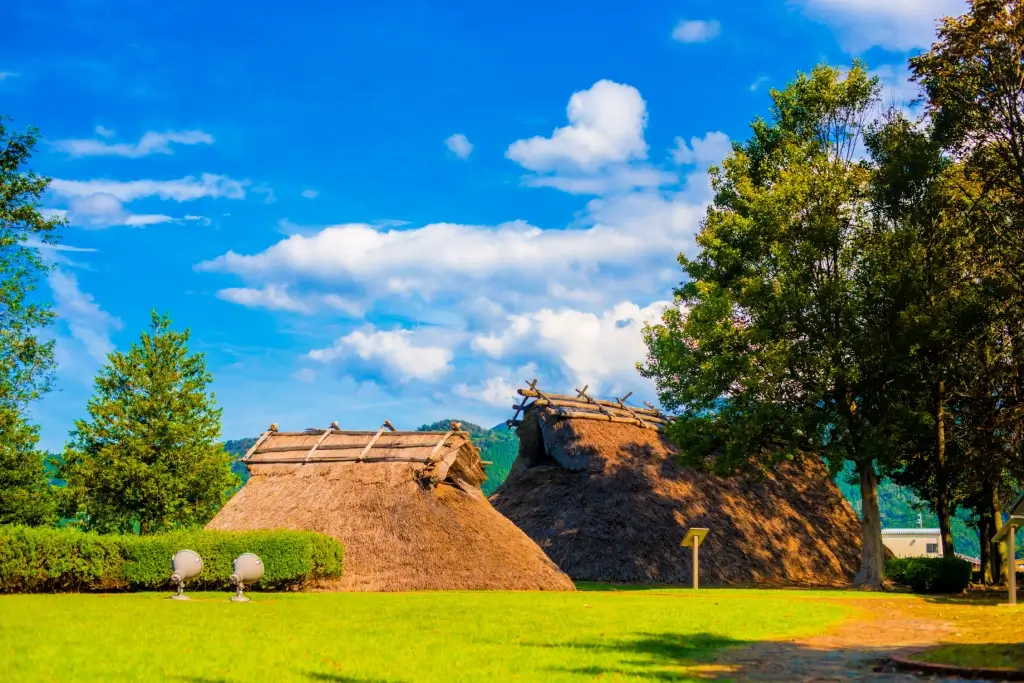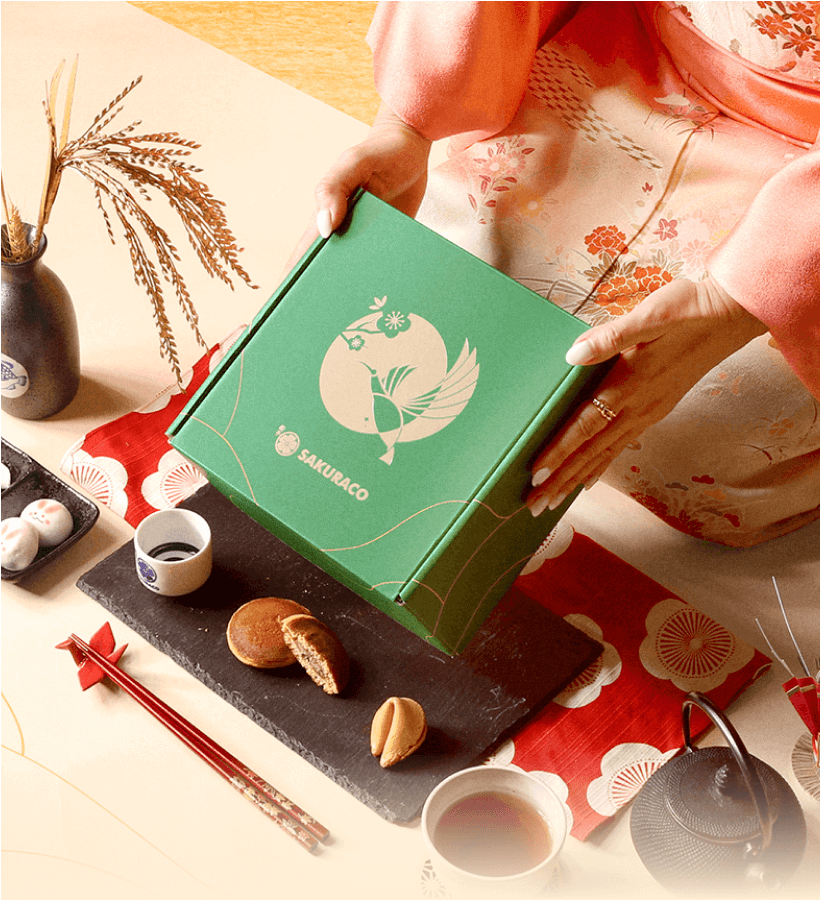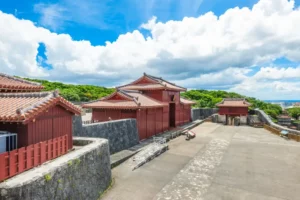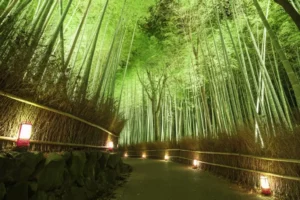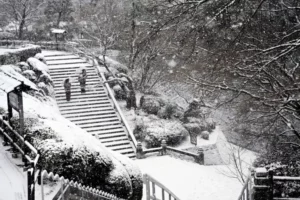Wa, Japan’s ancient name, is one of the most interesting and pivotal moments in its history. More turbulent periods, such as the Sengoku era (15th-16th centuries), have become immortalized in popular media, but the history of ancient Japan are often unknown to many.
Japan was known by another name during this time. It was then that the country saw significant technological and social progress. Wa was a land of mystery, far to the east of China. It was also home to people who worked hard to survive and build their place in a dangerous, changing world.
Table of Contents
ToggleThe History of Ancient Japan
To understand the importance of when Japan was called Wa, we should start at the beginning: the Paleolithic era (3.3 million – c. 11,700 years ago). The first people to settle in the Japanese islands faced a harsh and dangerous world. Like others in prehistoric times, they had to be tough and resourceful to survive.
As the years passed, an era known as the Jomon period began, a time dominated by hunter-gatherer societies. The name Jomon itself means “cord-marked”, a term used to signify how the early peoples developed their pottery.
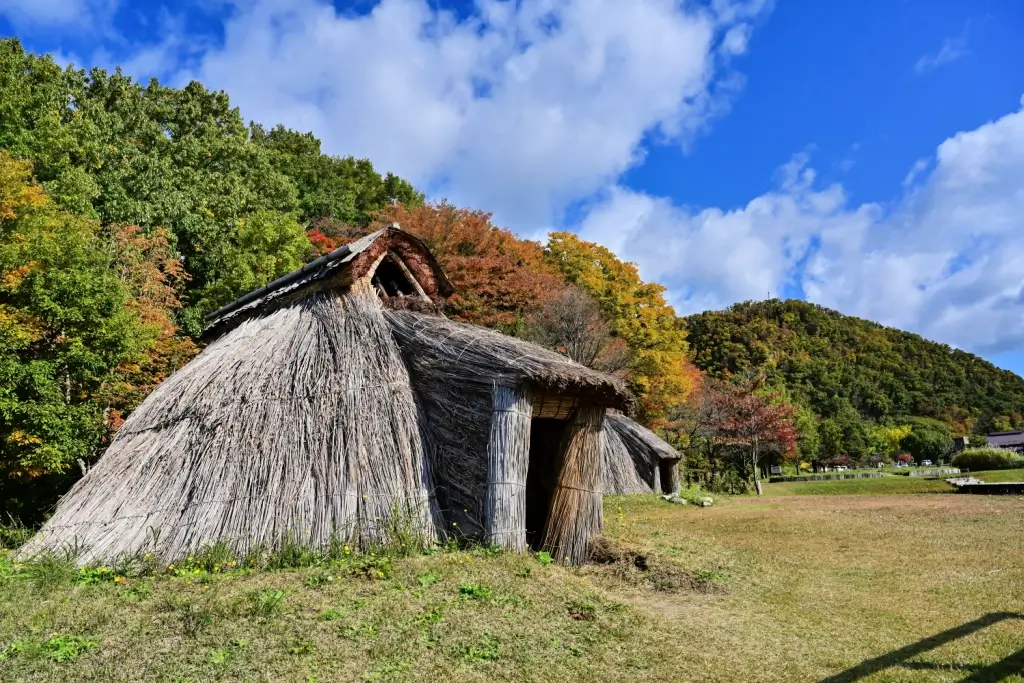
After the Jomon era, ancient Japan entered the Yayoi period, which lasted from about 300 BCE to 300 CE. The name comes from the Yayoi people, who migrated from mainland Asia to northern Kyushu. They introduced important technologies and practices, including weaving, silk-making, glassmaking, new woodworking methods, and rice farming.
As life in Japan significantly improved, several kingdoms emerged across the land. These kingdoms sent envoys to mainland Asia, especially to China. There, they sought recognition and approval from the Chinese emperors. It was during this time that Japan was known as Wa.
Are you looking for great snacks while learning about Japanese history? Check out Sakuraco! Sakuraco delivers traditional Japanese snacks, teas, and sweets from local Japanese makers directly to your door so you can enjoy the latest treats directly from Japan!
The Wa Era
The term “Wa” has two significant meanings, one from the Chinese character and one from the Japanese character. The Chinese character for Wa was said to mean ‘dwarf barbarians.’ It suggested that the Japanese were short and submissive. In time, the Japanese chose a new meaning for the name. They reinterpreted it as ‘harmony, peace, and balance’ to preserve their dignity.
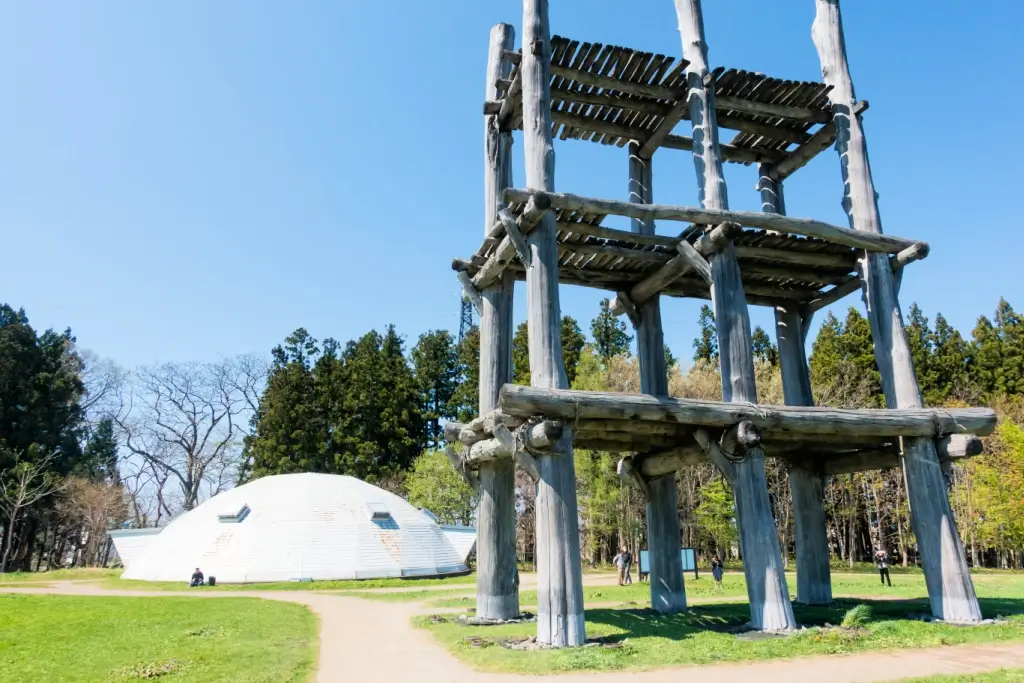
Ultimately, the history of Japan during this time is murky and complicated to explore fully due to how disorganized the nation was at the time. Several Chinese texts help explain and explore this era of Japanese history. These texts include the Book of Han, the Records of Wei, the Book of Song, and the Old Book of Tang, among many more. These historical texts are essential as they offer insight into the country’s history from the perspective of China.
These texts offer insights into how disjointed Wa was during this time. A prime example is the Book of Song, which details how Wa would often ask for titles from China regarding the domains that it ruled over. The issues stemmed from the contradictory and redundant titles they asked for.
What are some examples of these titles?
An example of this is Emperor Nintoku’s request to be granted the titles of “Self-proclaiming as King of Wa, Overseer of All Military Affairs in the Six Countries of Wa, Baekje, Silla, Imna, Jin-han and Mok-han; and Grand Peacekeeper-General of the East (安東大將軍).” However, as the Book of Song later explains, the countries of Imna and Gaya were most likely in the same area, thus making the request unnecessary.
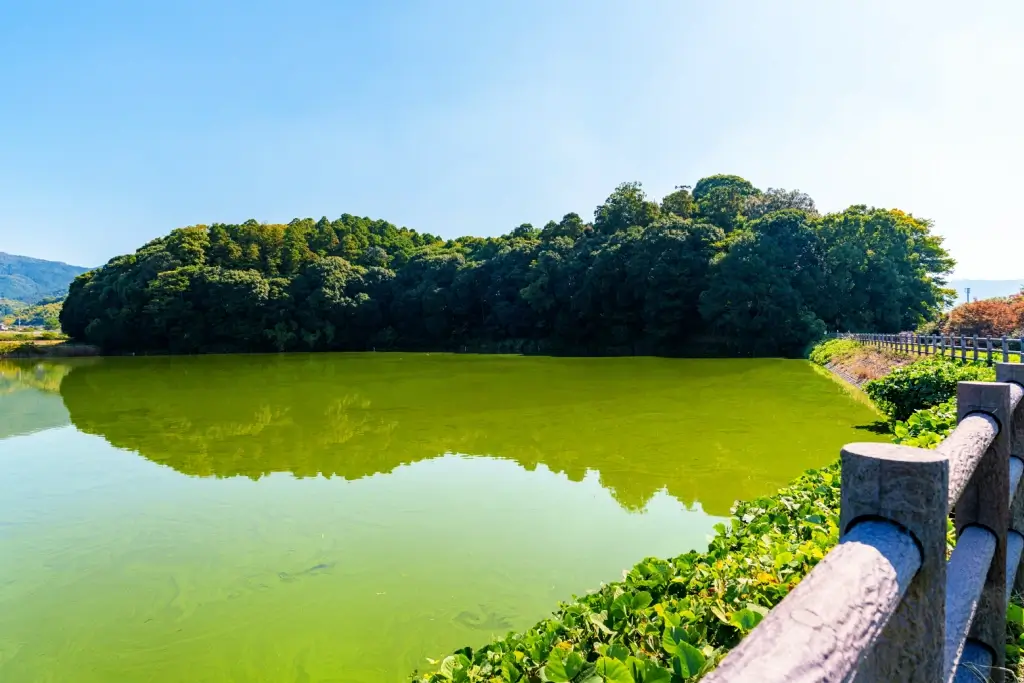
In this way, the nation of Wa was a tremulous one, which is why detailing its history can be difficult. It is known, however, of the rule of Queen Himiko, a famous woman in Japanese history and a prominent figure during the era.
Why is the history of Wa important?
Between 608 and 645 CE, the nation of Wa began to change its name to “Nihon.” In Japanese history, this time falls during the Yamato period, when Japan became a unified nation. The Yamato region of ancient Japan comprised most of the nation’s central region, with many of its leaders still seeking diplomatic recognition from China. These leaders became known as “The Five Kings of Wa”, a reference to the older name of the nation.
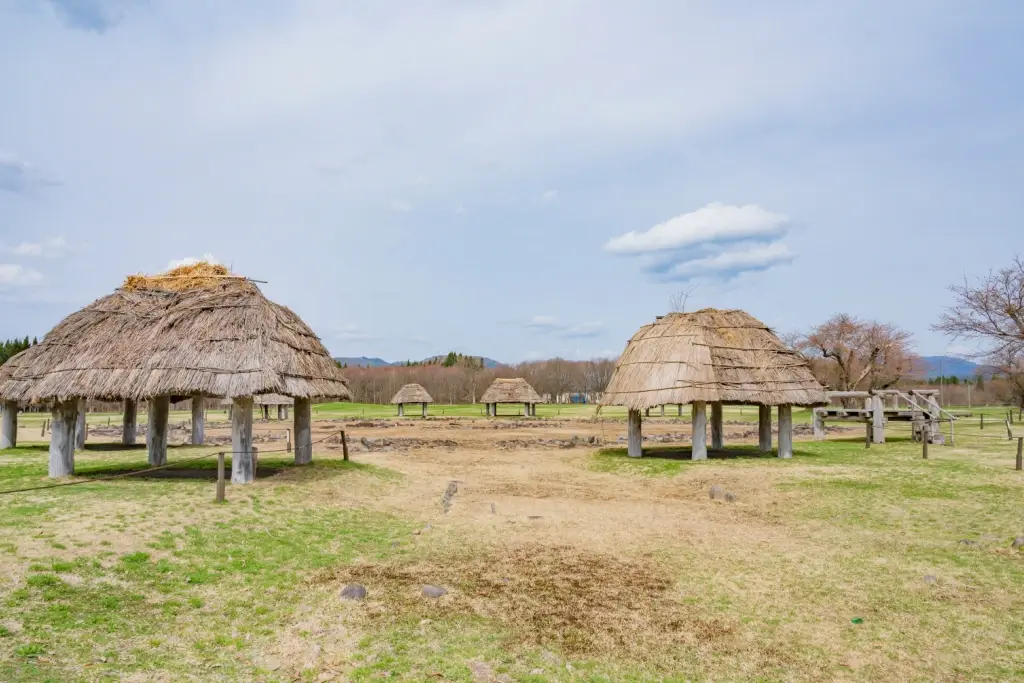
Today, Japan is a very different country, entirely in control of its autonomy and identity. Like the rest of the world, modern history has shaped, influenced, and reshaped Japan many times over, but the core values and staunch pride in national identity are as strong as ever.
Pop culture rarely touches on this forgotten era of Japanese history, but Wa was a formative period for Japan that helped guide it to today. Did you know about Japan’s ancient history? Please let us know in the comments below! We’d love to hear about your expertise in history!
Cited Sources
- Sino Platonic Papers. “The Way to Wa (in the Age of Himiko”.
- The University of Osaka: Institutional Knowledge Archive “Nonaka Kofun and the Age of the Five Kings of Wa: The Government and Military of 5th-Century Japan“.
- World History Encyclopedia. “Ancient Japan“.


